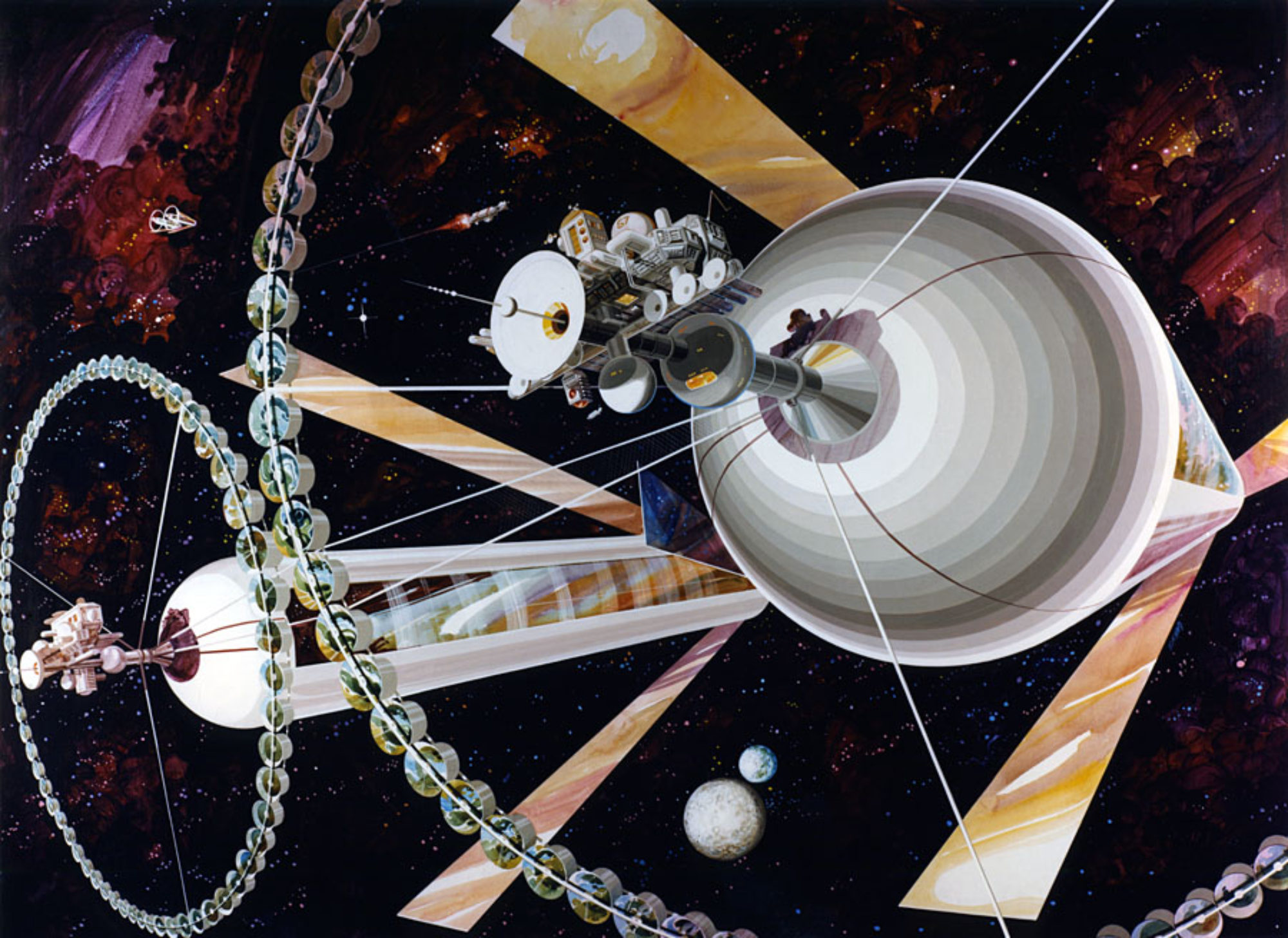
When the first woman and next man return to the Moon under the Artemis Program, they will need a mobile scientific platform to assist with exploration of the lunar south pole. Under the Revolutionary Aerospace System Concepts – Academic Linkage (RASC-AL) competition, a team of Students for the Exploration and Development of Space (SEDS) at the University of Puerto Rico, Mayaguez (UPRM) won 1st Place in the contest with their Exploration Multi-Purpose Rover for Expanding Surface Science (EMPRESS). The rover would land at Shackleton crater at the lunar south pole in 2023 taking samples and exploring the region in preparation for the first crewed Artemis mission in 2024.
The rover is envisioned to include two robotic arms and a suite of seven scientific instruments to characterize the lunar surface composition as well as other high priority astrophysical investigations. One the proposed instruments is a neutron spectrometer that could sense the amount of hydrogen in the regolith using data from maps compiled by the Volatiles Investigating Polar Exploration Rover (VIPER) which will survey the lunar south pole for the presence of volatiles and water ahead of the Artemis Missions. This could pave the way for ice mining operations and eventual space settlements in a cislunar water economy.


